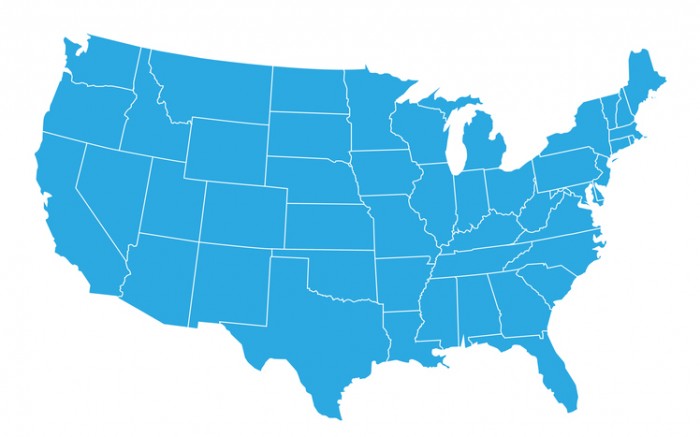Prevalence of Balance Bills Varies by State, Medical Specialty
Balance bills and out-of-network claims are more common in some states and medical specialties than in others.

Source: Thinkstock
- Certain states and medical specialties account for larger shares of out-of-network claims and balance bills for inpatient hospital admissions, according to a study conducted by the Health Care Cost Institute (HCCI).
Out-of-network billing has become a critical issue in healthcare, with stakeholders across the industry working to find solutions for surprise bills.
“A surprise medical bill commonly describes a charge to a patient for care delivered by an out-of-network (OON) professional who works within an in-network facility,” the authors said.
“Out-of-network billing practices have increasingly garnered attention as individuals with commercial health insurance continue to experience ‘surprise billing.’”
The team set out to evaluate the prevalence of surprise bills associated with in-network hospital admissions across US states. Researchers used the HCCI commercial claims database to examine nearly 620,000 in-network inpatient admissions and all associated professional claims across 37 states in 2016.
Overall, 14.5 percent of in-network hospital admissions had at least one associated out-of-network professional claim. This translates to one in seven patients receiving a surprise bill despite receiving care at an in-network hospital.
Across states, there was significant variation in the prevalence of surprise billing. In Florida, 26.3 percent of in-network hospital admissions had at least one associated out-of-network professional claim, compared to 1.7 percent in Minnesota.
The researchers also sought to examine the prevalence of surprise bills across medical specialties. The team found that the specialty with the largest share of in-network admissions associated with out-of-network claims was anesthesiology, at 16.5 percent.
Other specialties with high rates of out-of-network claims included physician, at 13.5 percent, and primary care, at 12.6 percent. Emergency medicine also showed significant rates of out-of-network claims, with 11.0 percent of admissions resulting in surprise bills. General surgery procedures held a smaller share of out-of-network claims, at just two percent.
In addition, researchers found that 22.1 percent in-network admissions that included an independent lab claim resulted in an out-of-network charge. In contrast, hematology/oncology services were least likely to be associated with out-of-network claims, with less than one percent of admissions with a hematology/oncology procedure resulting in a surprise medical bill.
These results, along with findings from similar studies, could help stakeholders identify the areas where balance bills are most common, and develop better methods for plans paying providers for out-of-network care.
FAIR Health recently released a brief discussing the various approaches that state and federal policymakers are considering to solve surprise billing issues.
“Policymakers at every level of government and stakeholders throughout the healthcare sector generally agree that insured consumers should be protected from surprise bills when they obtain necessary out-of-network emergency care and when they receive unanticipated out-of-network care,” the brief said.
“But the method for determining appropriate payment by plans to providers for such care is intensely debated. For years the states have acted as legislative ‘laboratories’ crafting solutions to the challenges of protecting consumers from surprise billing.”
The organization noted that to develop the best solutions for each area, stakeholders will need to evaluate real-world evidence.
“Designing the best solution for every jurisdiction requires a nuanced evaluation of different options and a realistic appreciation of the implications of different legislative paths,” FAIR Health said.
“Toward that end, it is critically important to use real-world data, reflecting actual healthcare economics in local markets, as a flashlight to shine in the corners of legislative discussions.”
Lawmakers, payers, and providers can leverage the insights gathered by HCCI researchers and others to establish solutions for balance bills.
